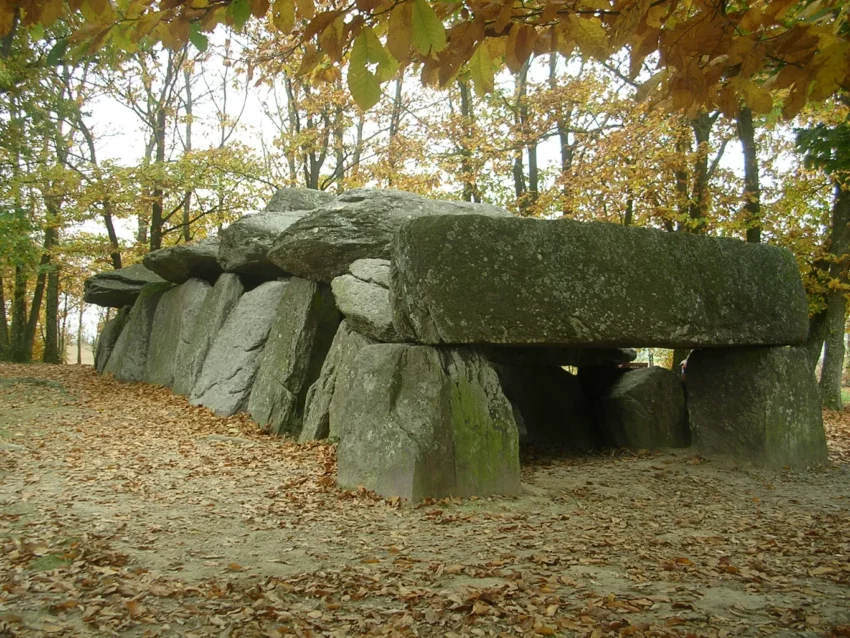The Enigmatic La Roche-aux-Fées: A Journey into Neolithic Mysteries
La Roche-aux-Fées, translating to “The Fairies’ Rock” in English, is not just a monument—it’s a portal into the distant past. Nestled in the quiet commune of Essé in Brittany, France, this Neolithic dolmen has sparked the imagination of many. Its name comes from a local legend that suggests fairies, with their otherworldly strength, placed the massive stones that make up this ancient structure. But what is it about this site that continues to fascinate visitors and researchers alike?
Get your dose of History via Email
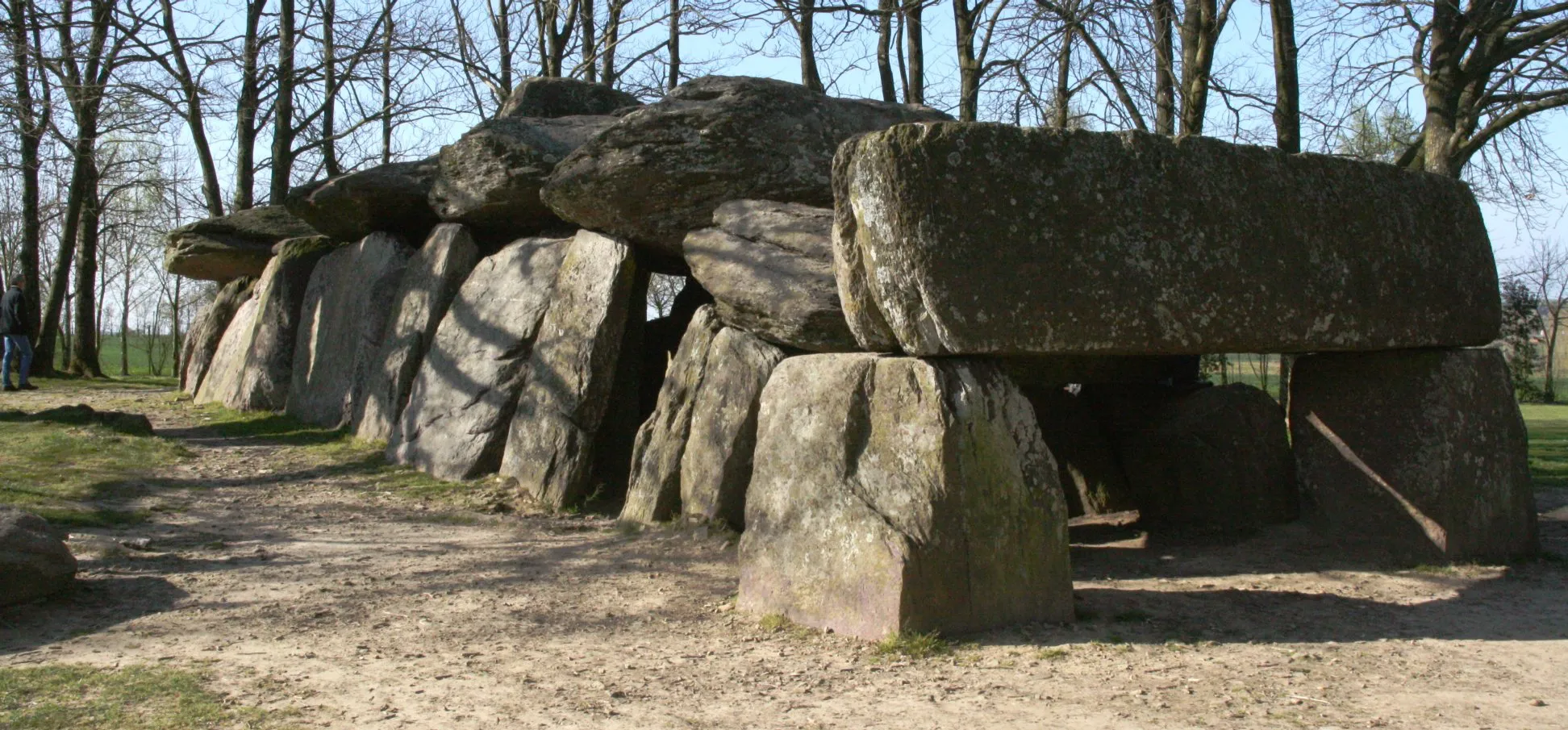
A Colossal Structure
La Roche-aux-Fées stands as a testament to the ingenuity of early humans. This gallery grave stretches nearly 20 meters in length and is around 6 meters wide, with a height of 4 meters. It’s not only the largest dolmen in France but also one of the best preserved in Europe. The structure is made up of over 40 massive shale blocks, the heaviest of which weighs an astonishing 45 tonnes. These stones were quarried from the Forêt du Theil-de-Bretagne, about 4 kilometers away. How they were transported and assembled remains a mystery, fueling the legend that only supernatural beings could have accomplished such a feat.
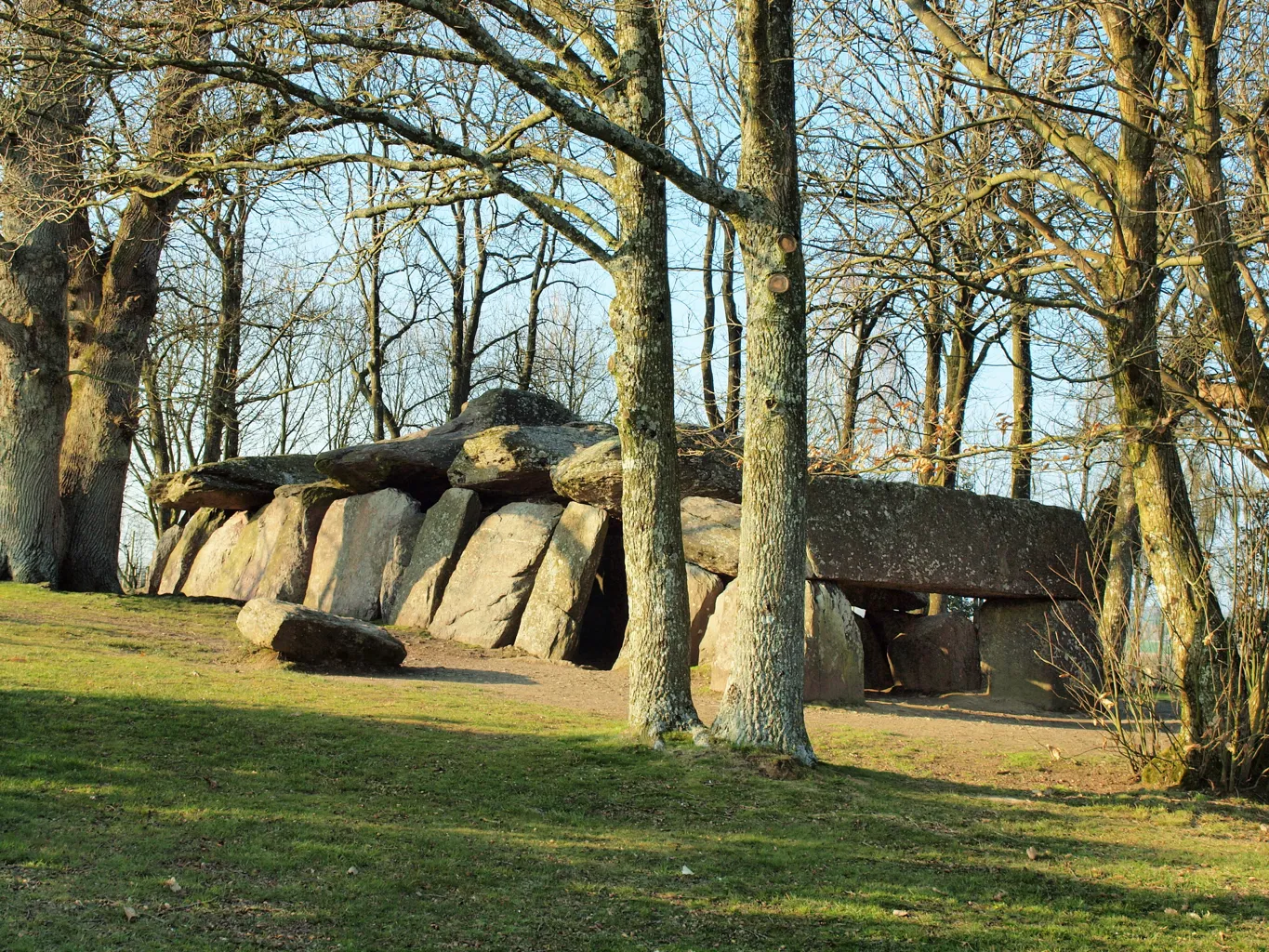
Architectural Marvels and Mystical Alignments
What makes La Roche-aux-Fées even more intriguing is its precise alignment with the winter solstice. On the morning of December 21st, the sun’s first rays enter the dolmen’s entrance and illuminate the stone at the end of the passage. This alignment suggests that the builders had not only architectural skills but also astronomical knowledge. The experience of witnessing this event is almost magical, drawing visitors who want to see the stones light up just as they did 5,000 years ago.
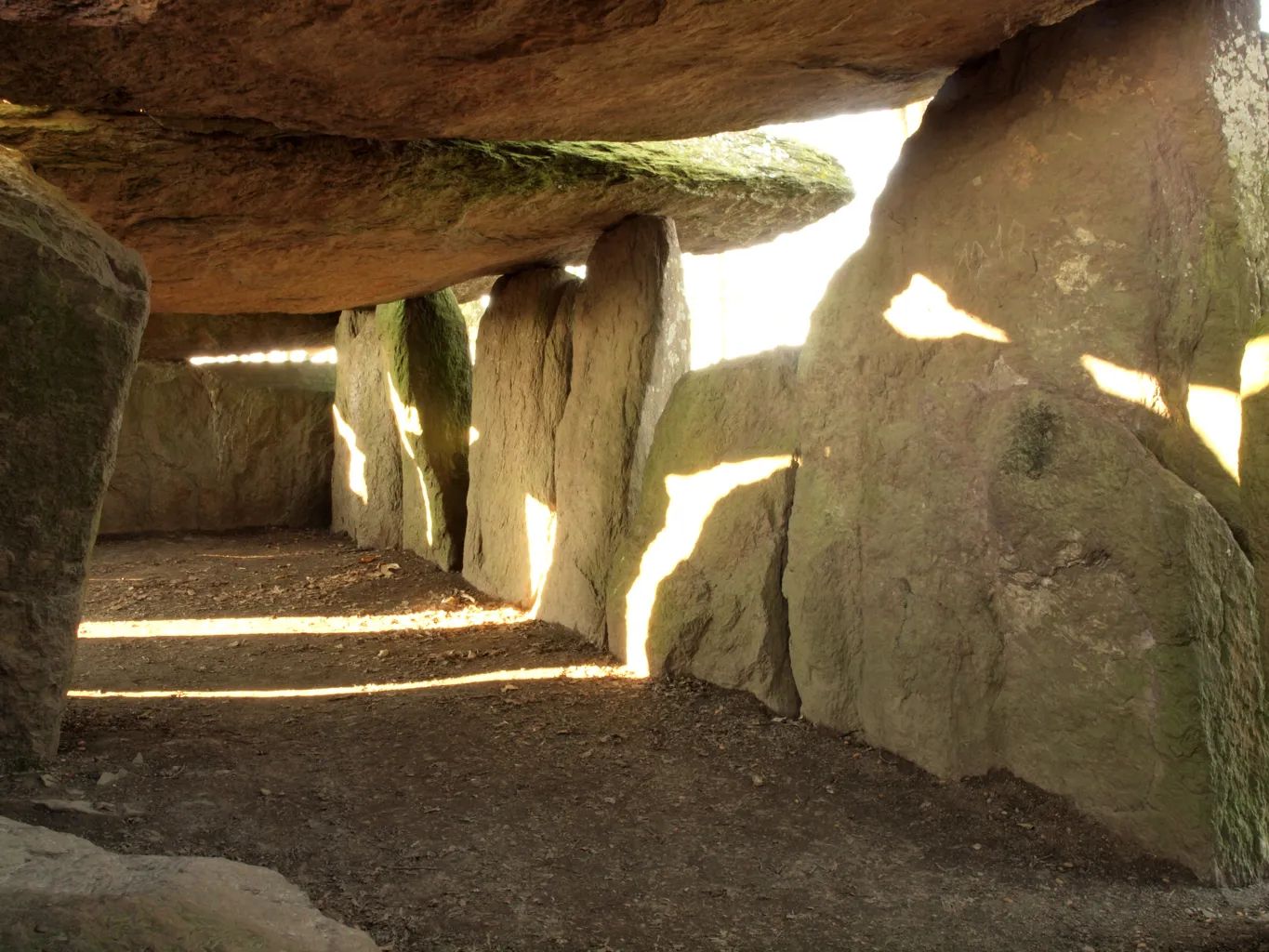
A Walk Through Time
Visiting La Roche-aux-Fées isn’t just about seeing a pile of ancient stones; it’s about stepping back in time. The dolmen was originally covered by a mound of earth, hiding all but the entrance. Inside, the passage divides into two chambers, which likely served as burial spaces. Though the earth covering has long since eroded, what remains still offers a glimpse into the rituals and beliefs of the people who built it.
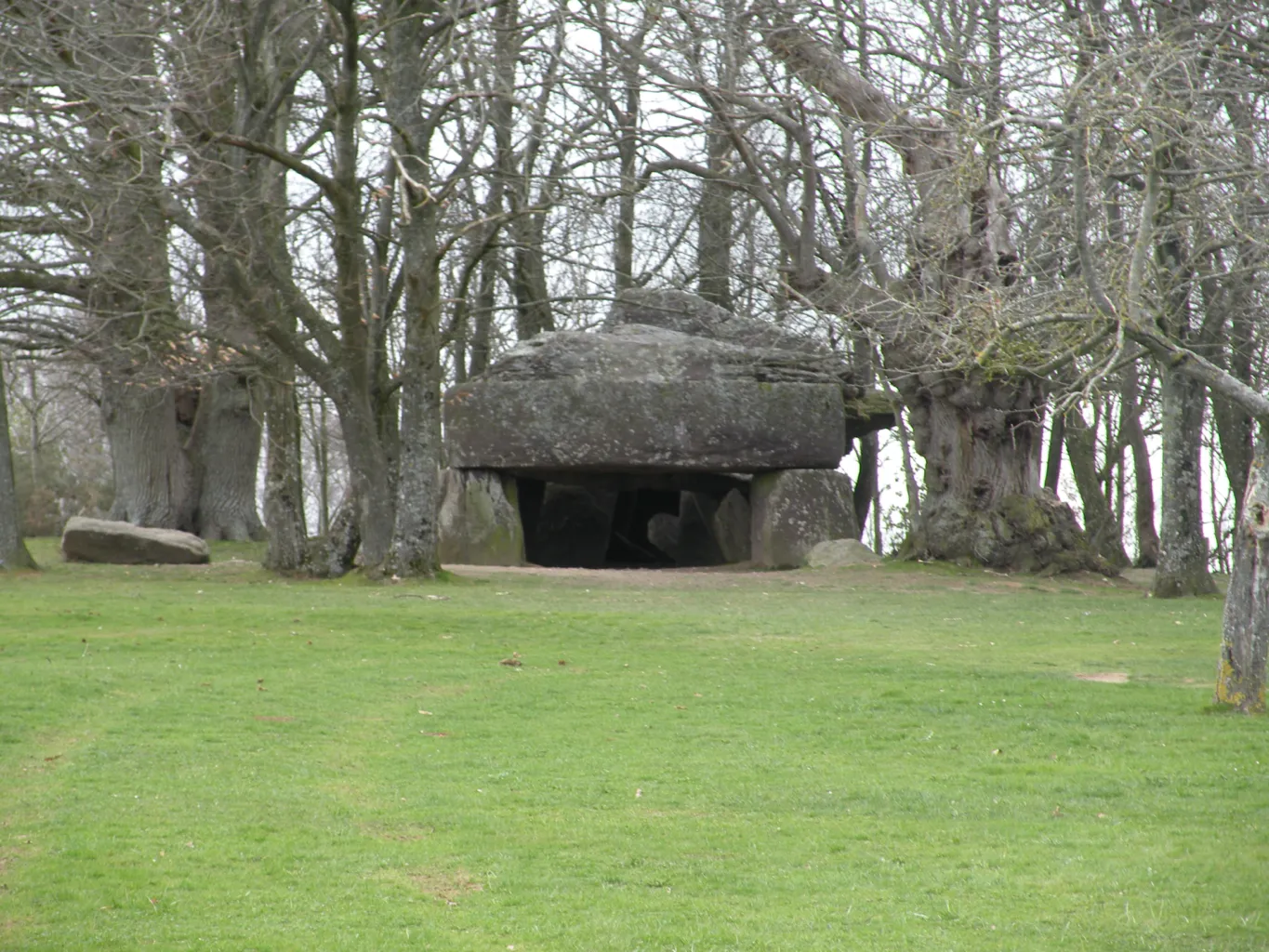
Exploring the Surroundings
The site of La Roche-aux-Fées is surrounded by lush countryside that adds to its serene and mystical atmosphere. The area, known as the Pays de la Roche-aux-Fées, includes 19 communes crisscrossed by 200 kilometers of walking and cycling trails. One notable route is the 10.5-kilometer Château de la Rigaudière trail. This path starts at the dolmen and winds through ancient manor houses, waterways, and dense woods, offering a perfect blend of history and nature.
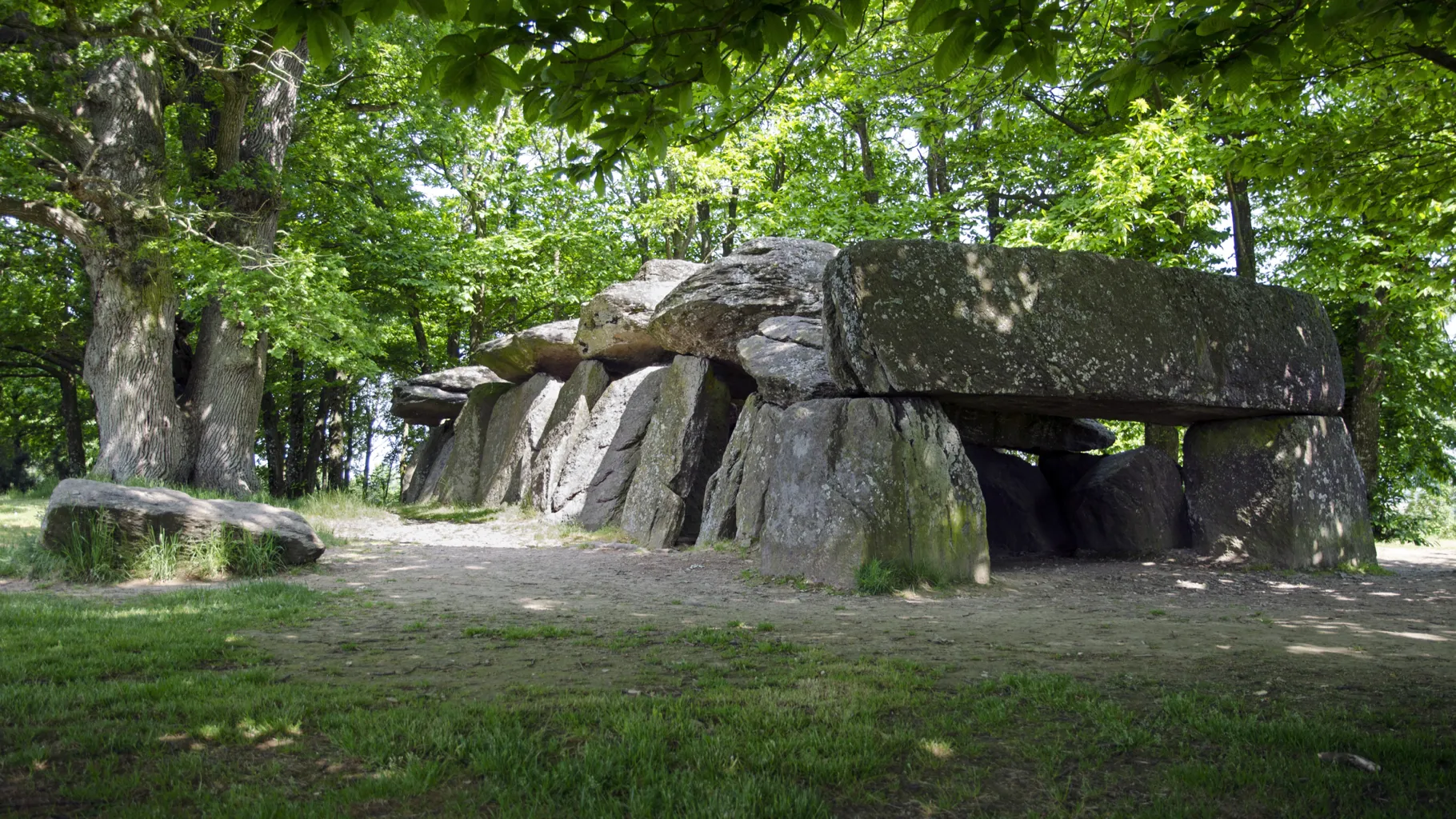
Local Attractions
If you’re in Essé to see the dolmen, don’t miss the nearby Musée des Arts et Traditions Populaires. This museum offers insight into rural life in the early 20th century, showcasing arts and traditions that have faded over time. Another must-visit is the Musée de la Ferme d’Autrefois in Thourie, which houses a collection of old tractors and tools from now-forgotten trades.
For those who prefer nature, the lake at Marcillé-Robert is a peaceful retreat. This spot is ideal for walking, boating, and fishing. It’s also an ornithology reserve, attracting both migratory and nesting birds. An observation point on the road to La Guerche-de-Bretagne offers a chance to spot these feathered visitors.
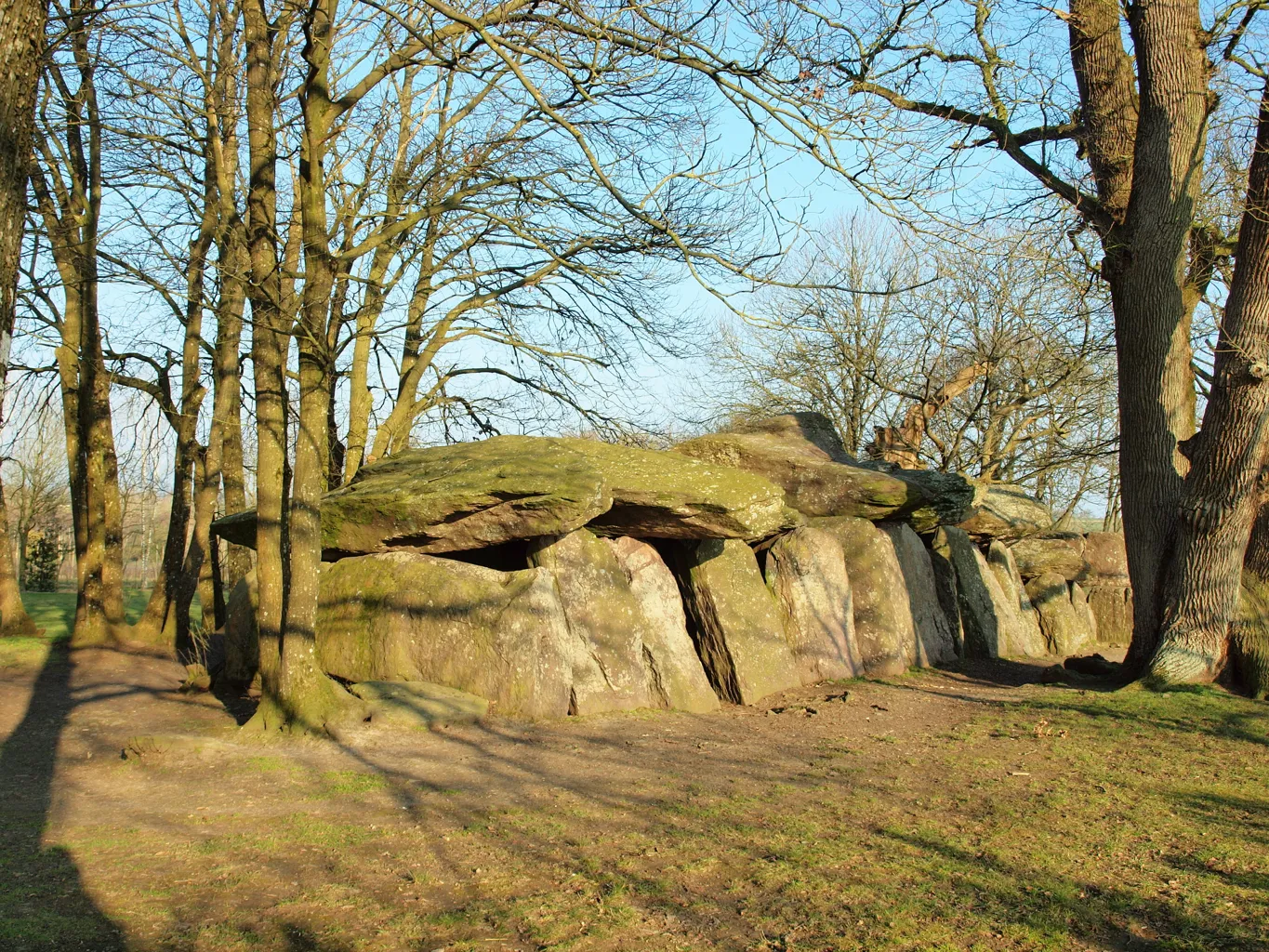
The Enduring Mystery
La Roche-aux-Fées has stood the test of time for over five millennia, leaving us with more questions than answers. How did ancient people move these massive stones? What rituals were performed here? And why was it aligned with the winter solstice? These mysteries, combined with the site’s natural beauty, make it a must-visit for anyone intrigued by history, archaeology, or simply the wonders of the past.
Sources:

